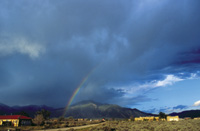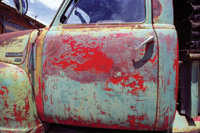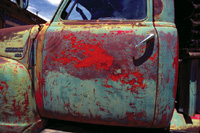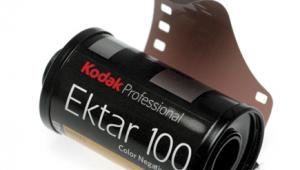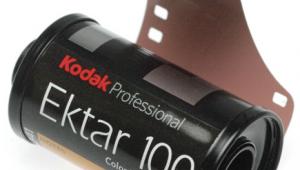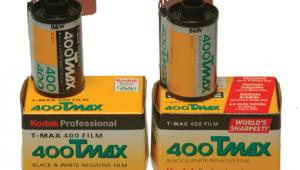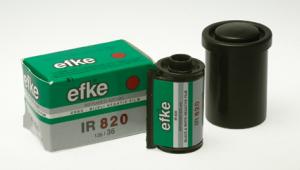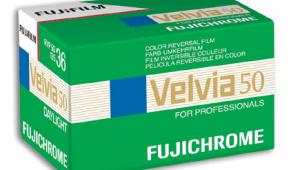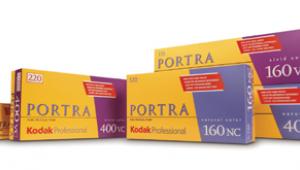Velvia 100
A Venerable Classic Gets A Speed Boost
When Velvia first burst on the scene more than 10 years back it created a revolution in the way photographers related to slide film. I remember getting my first roll into a camera in Las Vegas and immediately beating a path to Red Rock Canyon. I made a series of bracketed exposures and got them processed out on Industrial. When I opened the box my eyes popped--I had never seen sandstone that way before. Ever since then I, and photographers around the world, have sworn by Velvia as the film to pick whenever color saturation, and lots of it, was the trick that would get the kick into an image. The first editions of Velvia made good old Kodachrome seem pale in comparison, and that was the slide film to beat in those days. Well, Kodachrome is now a distant memory for most, and Velvia is still around, and now it's gotten an update with double the speed and a finer grain structure. But, I wondered, would we have to change the old Simon and Garfunkel song lyric to "Please don't take my Velvia away," or would we be singing a happier tune? |
||||||
Well, as far as we know Velvia 50 is still with us, and now we've got the film in an ISO 100 manifestation. Why bother about a silly old stop anyway? For many shooters it might be more than a stop, with buddies reporting that they religiously shot the 50 at 40 or even 32. I never held with that and found shooting at the rated speed was just fine. I might even drop about a third of a stop in certain situations just to boost the contrast on the push to EI 64. But there are two things I never did with the old Velvia--I never shot pictures of people I liked and never forgot to include a few rolls on any trip I have taken in the last 10 years. Finer Grain |
||||||
100 Vs. 50 |
||||||
True Speed? |
||||||
So is it Velvia 50 or 100 for
you? |
||||||
|

